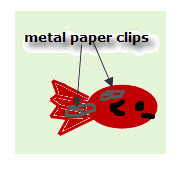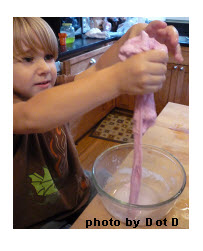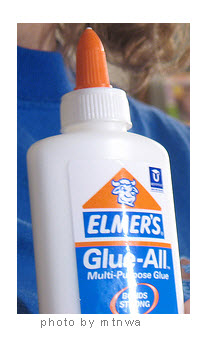Thomas Edison had always had ear problems, but at 15 while trying to jump on a moving train, a conductor grabbed Edison’s ears to help pull him up. Edison said he felt something snap inside his head, and soon he began to lose much of his hearing. While surgery could have cured his hearing problem, […]
Archives for 2010
Predators: Wolves
Question: What is the difference between a predator and a prey? Answer: A predator is an animal that hunts and eats another animal. Wolves are carnivores, which means they are meat eaters. Being carnivores, wolves hunt and eat other animals, which makes them a predator. A prey is the animal being hunted and eaten by […]
Meet Me At the Corner
Each topic on this page has: 1. A link to a “Meet Me at the Corner Video” about the topic. 2. A link to an index page where specific information can be found about the topic. Earthworms 1. Meet Me At the Corner-Earthworms 2. Earthworm Index Edison 1. Meet Me At the Corner: Edison 2. […]
Earthworms: Location
There are thousands of different species of earthworms, but they can be divided into three groups based on their feeding and burrowing habits. Each group is important to maintain healthy soil. 1. Surface soil and litter species – Epigeic species. These earthworms live in or near surface plant litter. They are typically small and being […]
Fishing Fun
I am a mom, grandmother, and great grandmother– In my spare time I wrote 52 science books for kids. Now I squeeze in time to write this science web site. I also write articles for magazines. A parenting magazine asked me to provide them with fun activities for very young kids. At the time, my […]
Seasons
What causes seasons? At Earth’s equator, there is an equal amount of daylight and darkness each day of the year, while the amount of light and dark in other areas of Earth changes from day to day. The farther north or south you go from the equator, the greater the variation between the hours of […]
Polymer: Slime Index
This page contains links for information on this website about slime. Have Fun!!! Research about Slime Glossary What makes slime a dilatant? (Gets thicker when stirred or quickly pulled.) Why is slime so viscous? Recipes for Slime: Polymers Using Corn Starch Translucent Slime Using Glue Fluorescent Slime Slime Stuff Just for Fun Slime Creatures Produced […]
Teaching Science
Grace and I made a video about science fair projects. Grace is interviewing me about science fair projectss. Grace wasgiven a script to follow, which is one way kids can learn tohow to interview someone. After kids have practiced interviewing each other, they willbe ready to interview people outside the classroom. For example,kids […]
Photosynythesis
Photosynthesis is a plant process by which light energy is changed unto to chemical energy. Most plant receive light from the Sun. The chemical energy produced is stored in the bonds of sugar molecules. Plants need only light energy, chlorophyll, CO2, and H2O to make sugar and oxygen. The process of photosynthesis takes place in […]
Science Project: Slime/Control
Step 7: Controlled Experiment To conduct a scientific investigation, care must be taken to follow experimental procedures. You must design an experiment to test your hypothesis. When planning your experiment remember to: * Keep everything the same except for the single variable being tested, which for this science fair guide about using slime for the […]
- « Previous Page
- 1
- …
- 29
- 30
- 31
- 32
- 33
- …
- 54
- Next Page »





